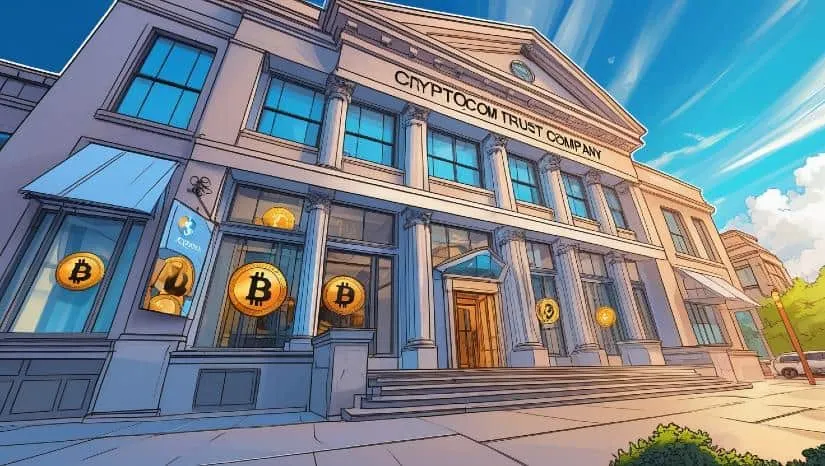The token must have some benefit to the user other than just the hope that others will pay more. What is the buyer receiving?
[Please note, none of the material below is relevant for memecoins, which seem to live in their own world.]
But, if you are buying the token issued by a project, how do you, as the buyer know you are getting any value? And, if you are a project selling a token, how do you communicate value?
Top 15
Examining the top 15 non-Bitcoin projects by market cap as listed on CoinMarketCap a pattern emerges.
There is Dogecoin, which has somehow emerged and maintained its ranking as a pure memecoin.
But everything else has a real use to the token. The tokenomics vary from project to project, but there is always some use.
Several are used as gas on the network – ETH, XRP, SOL, ADA, TRX, AVAX, SUI, XLM. This makes sense for Layer 1s. Some require the staking of the token for involvement in important functions, like running validators – ETH, SOL, ADA, TRX, LINK. In one case, BNB, the token provides access to airdrops and its use gives discounts on fees. Then there are the two stablecoins, where the token use is just its link to the dollar.
Each of these token uses is a real economic value and a source of real token demand.
Notable for its absence is governance. Governance is part of several networks, but it does not appear to be the primary driver of token value. And none of the top tokens has governance as its only use.
Security, Utility, or Governance
Given what we’ve seen above, we should expect to see real economic value for a token.
A token could be a security (although you do not hear much about security tokens anymore). Tokens could have security-like features, like a combination of revenue sharing and governance.
Gas makes sense for any Layer 1, but seems awkward for Layer2s and above.
A discount on services or fees, such as BNB’s use on Binance, would qualify as a utility. And, if the token buyer intends to use this discount, that is probably sufficient reason to buy the token. If, on the other hand, the buyer is just betting on the platform’s success, he would want to know if demand for the platform will correlate with demand for the token.
Access is similar to a discount in that it allows use of a platform. Pure token-gating runs into the problem of needing establish demand before gating begins.
And, for both discounts and access, is there a mechanism that would change either the amount of discount/access provided or the number of tokens required if the economics of the platform change?
Token dumping or price drops
Many tokens see an initial rise, followed by a sharp and sustained price drop. Part of this is the nature of markets. There have been academic experiments that reveal this pattern. But it is far more intense in crypto tokens.
Can a project do anything to insulate buyers from this rise and crash? Some possibilities are:
Create a fund dedicated to repurchasing the token on price dips or just add sufficient liquidity to a pool
This could be expensive to the project if too great a proportion of funds raised is dedicated to the pool. But if none of the funds dedicated to liquidity, especially given the ease of creating a pool, one would have to wonder.
Never hype the token price?
While this seems antithetical to nature of crypto, a project could avoid pumping up the price.
Various vesting schedules for buyers and insiders
This is obviously part of my token projects. And, while it shows dedication to the project, it could just move the price decline out to a future date.
Staking rewards
Curve.fi and GMX both reward longer term staking of tokens. In both cases, the token price experienced the usual peak then gradual price decline. These price declines may be less than what would have occurred because of the staking features, but it is hard to know with certainty.
Limiting token release to anticipated use
this could be useful, but it then reduces the ability to raise funds for development.
Make the utility available immediately after token sale?
This sounds good but is hard to accomplish without substantial prior fund raise.
Team investment
It is certainly not a new idea that investors would want to know what teams have already invested in either time or money.
What combination works?
At Outcome Trading, we believe a proper combination of the techniques above could work. In our case, we have:
- A well defined economic utility of the token – in our case, token ownership provides substantial discounts on trading fees,
- A vesting schedule for the team (of course) and short-term listing for buyers,
- Utility available shortly after (but probably not before) token release,
- A percentage of funds raised dedicated to the utility pool,
- Substantial team investment (over $1 million and several years of work).
Is this enough in either our case or others?

